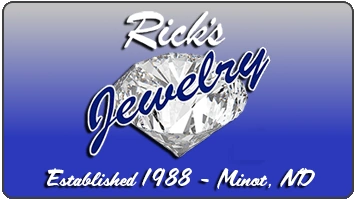The U.S. Dept. of Transportation issued new rules regulating the transportation of flammable liquids by rail. The notable regulations: a timeline for replacing outdated tanker cars with newer cars, a new braking standard for certain trains, and new operational guidelines including speed limits in some cases.
The news release from the DOT is included below, after that you’ll find Senator Hoeven’s comments on the new laws.
— Official News Release, U.S. Dept. Transportation —
U.S. Transportation Secretary Anthony Foxx today announced a final rule for the safe transportation of flammable liquids by rail. The final rule, developed by the Pipeline and Hazardous Materials Safety Administration (PHMSA) and Federal Railroad Administration (FRA), in coordination with Canada, focuses on safety improvements that are designed to prevent accidents, mitigate consequences in the event of an accident, and support emergency response.
The rule:
- Unveils a new, enhanced tank car standard and an aggressive, risk-based retrofitting schedule for older tank cars carrying crude oil and ethanol;
- Requires a new braking standard for certain trains that will offer a superior level of safety by potentially reducing the severity of an accident, and the “pile-up effect”;
- Designates new operational protocols for trains transporting large volumes of flammable liquids, such as routing requirements, speed restrictions, and information for local government agencies; and
- Provides new sampling and testing requirements to improve classification of energy products placed into transport.
— Official News Release, Senator Hoeven —
Senator John Hoeven today issued the following statement in response to the Department of Transportation’s new oil train safety regulations:
“This morning, the Department of Transportation issued new safety regulations for moving crude oil by rail, including a revised standard for tanker car construction and new rules governing speed and braking. We will now review the new rules carefully to make sure they enable the industry to move crude oil safely and efficiently.
“We have been pushing for measures to make the transport of crude oil safer since 2012, when we asked the Pipeline and Hazardous Materials Safety Administration to issue a new standard for safer tanker car construction. This new construction standard was and is vitally important because industry needs regulatory certainty in order to make the substantial investment required to deploy a newer and safer fleet of tankers.
“Our objective is to prevent accidents in the first place and to mitigate their impacts when they do occur. That means not only a final rule for tanker car construction, but also more inspectors and track inspections, improved classification of materials, conditioning to reduce volatile gases before crude is shipped and enhanced training for first responders.
“In the end, all of us – regulators, railroads, oil shippers and first responders on the state, local and federal levels – have a role to play in ensuring that our communities are safe when trains carrying oil pass through them.”



